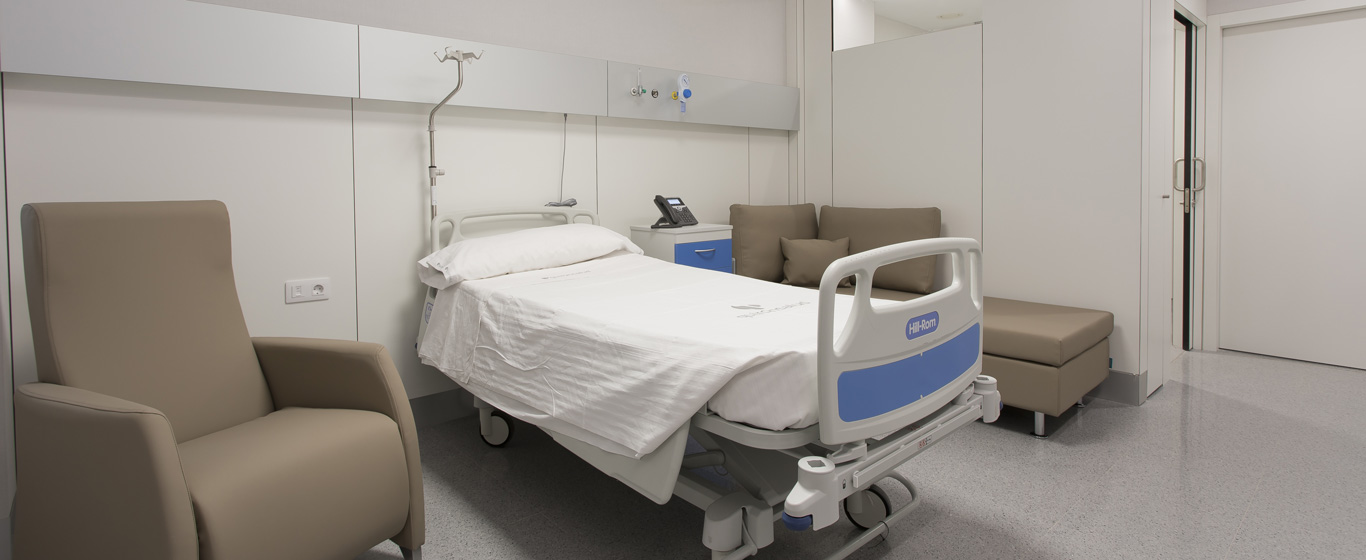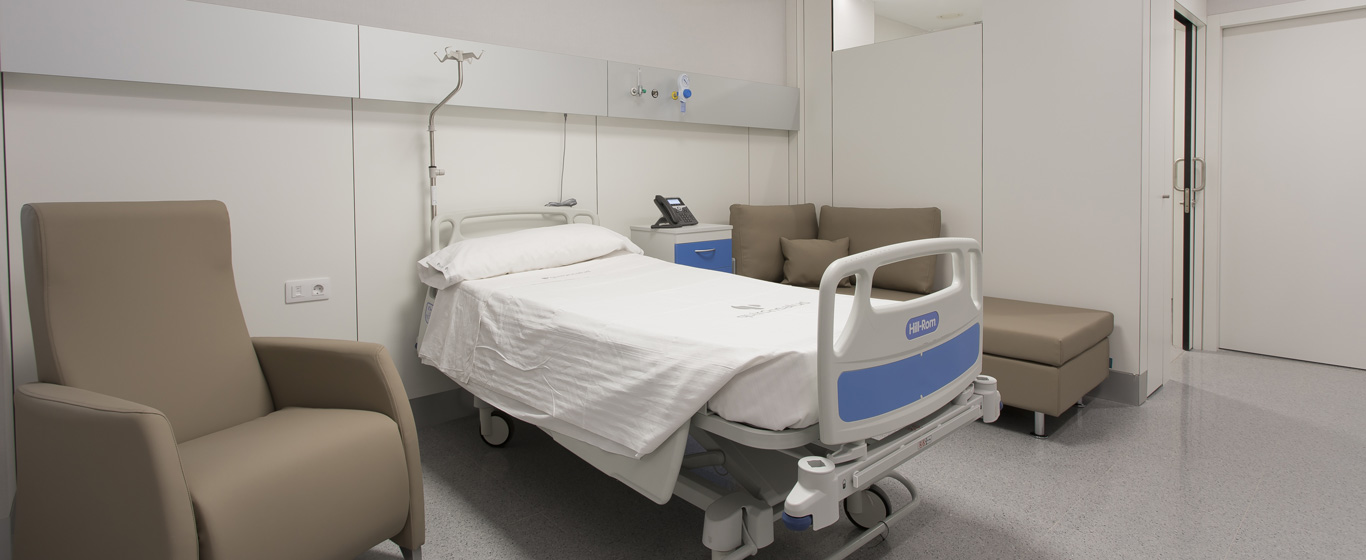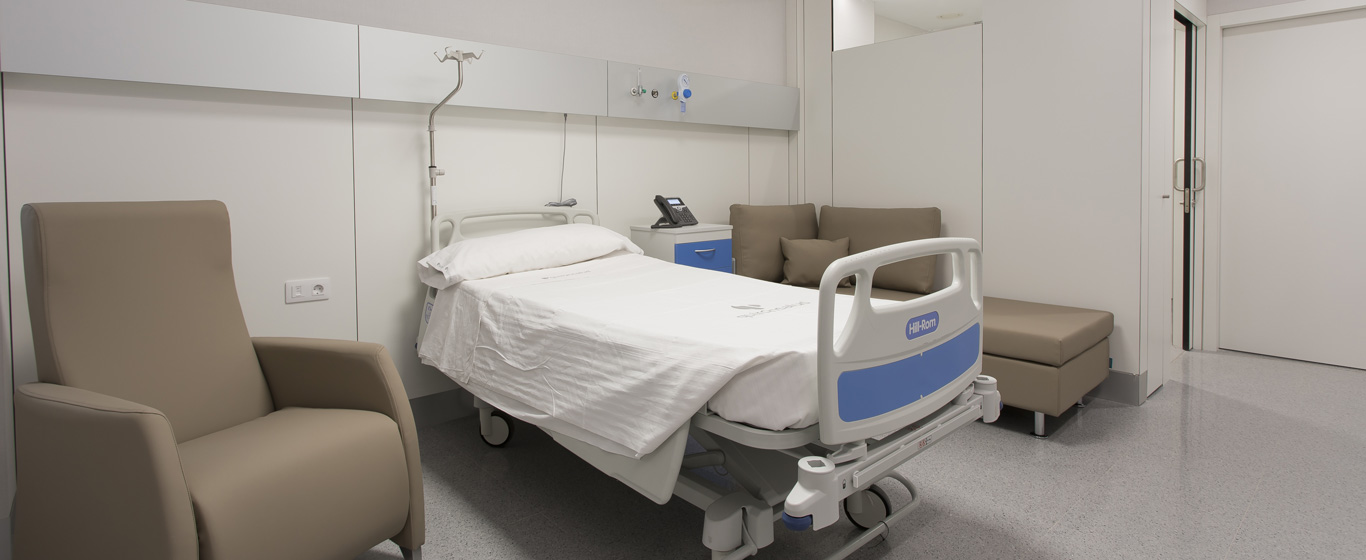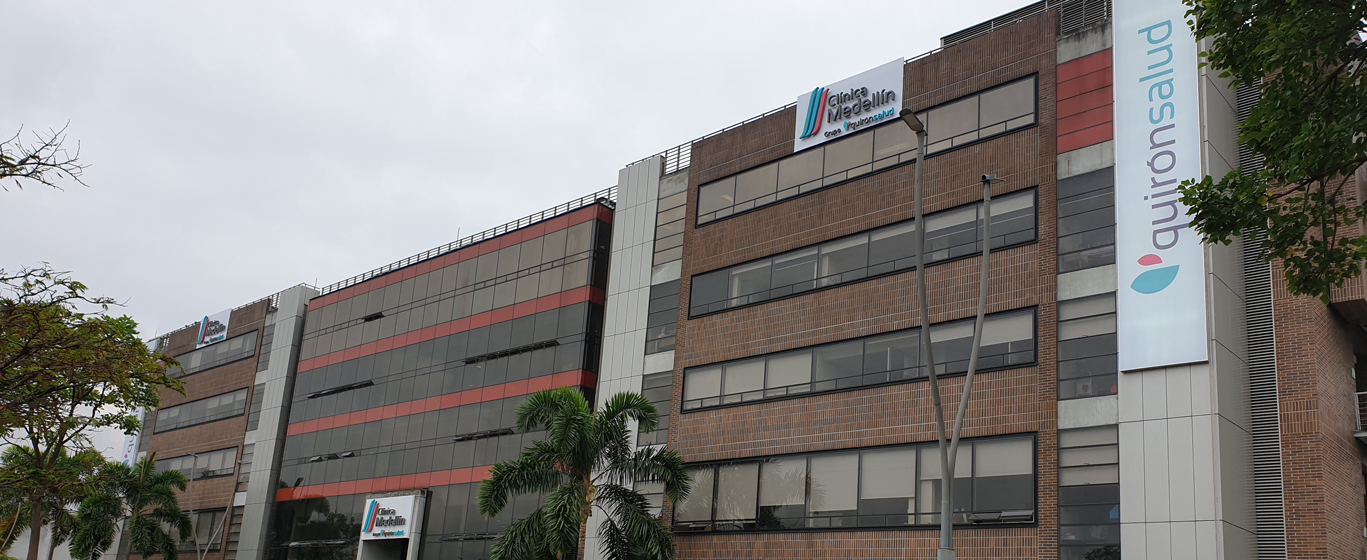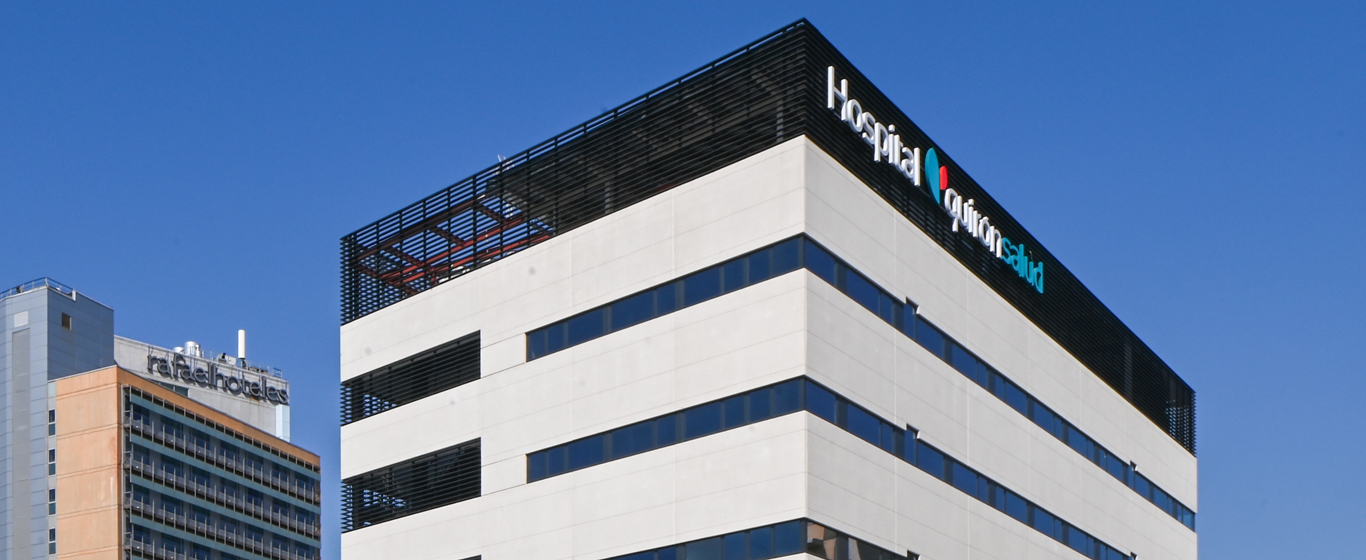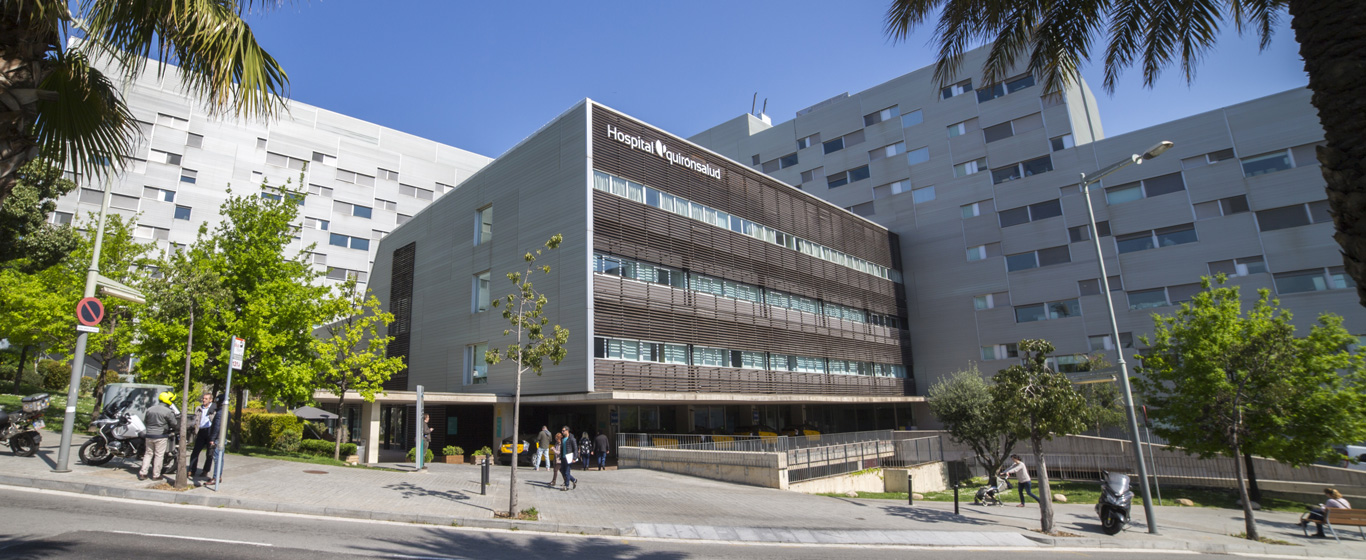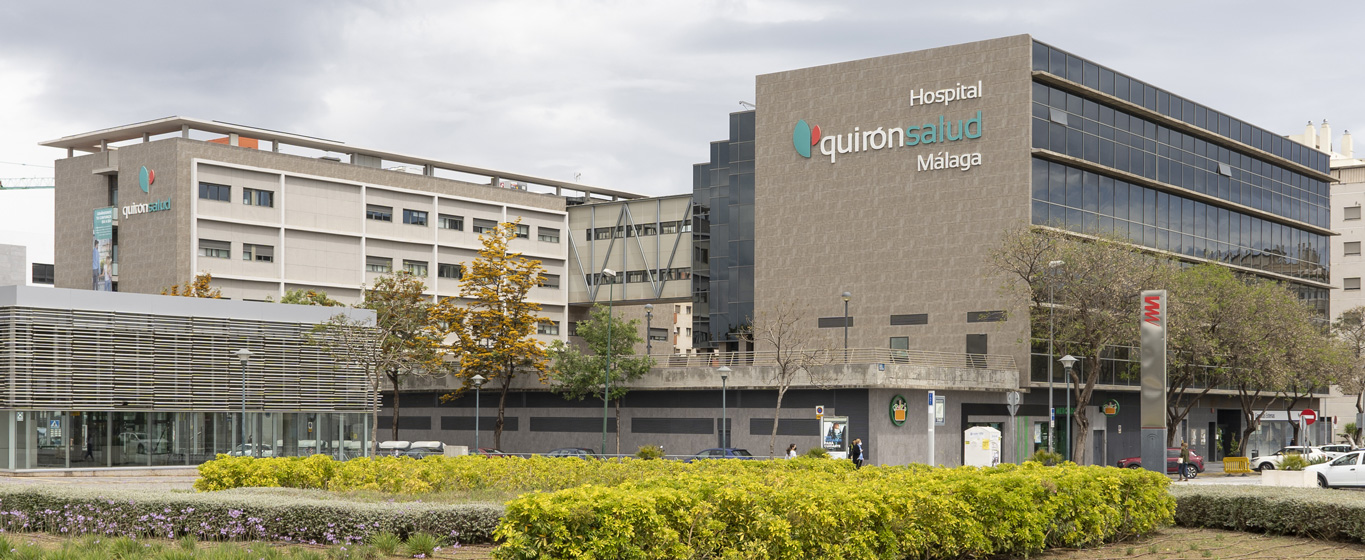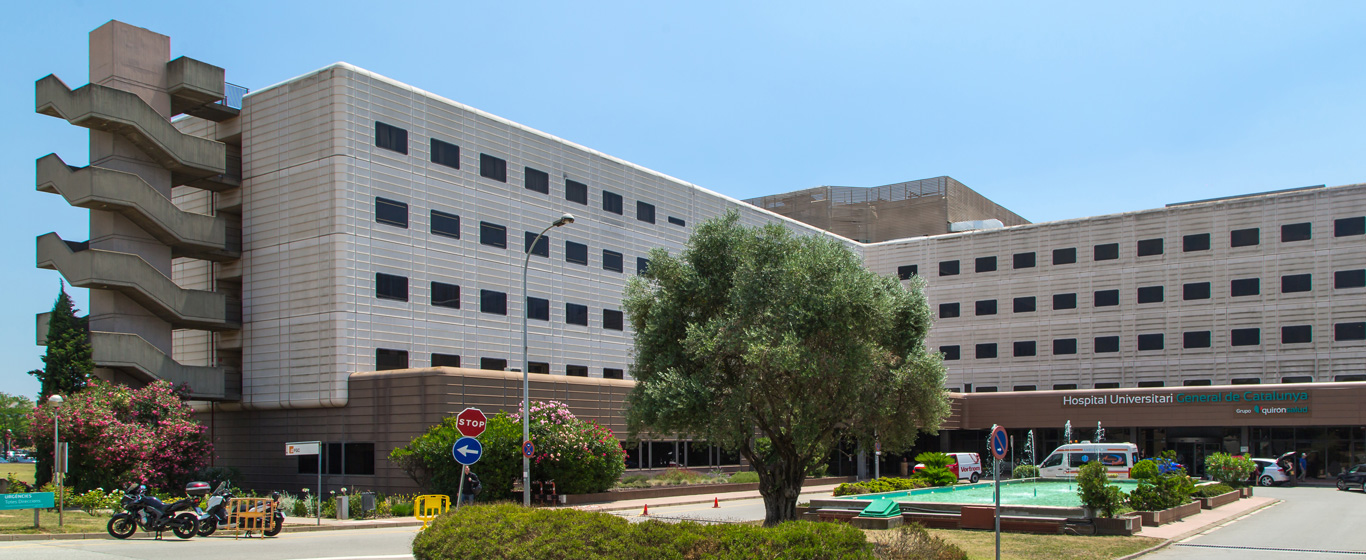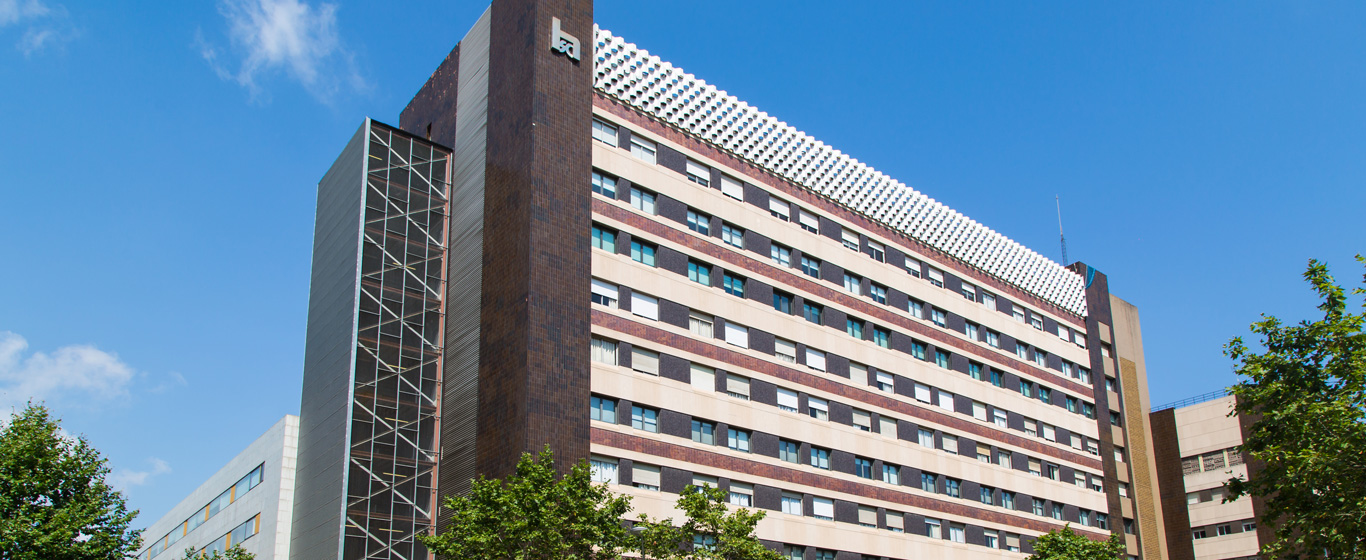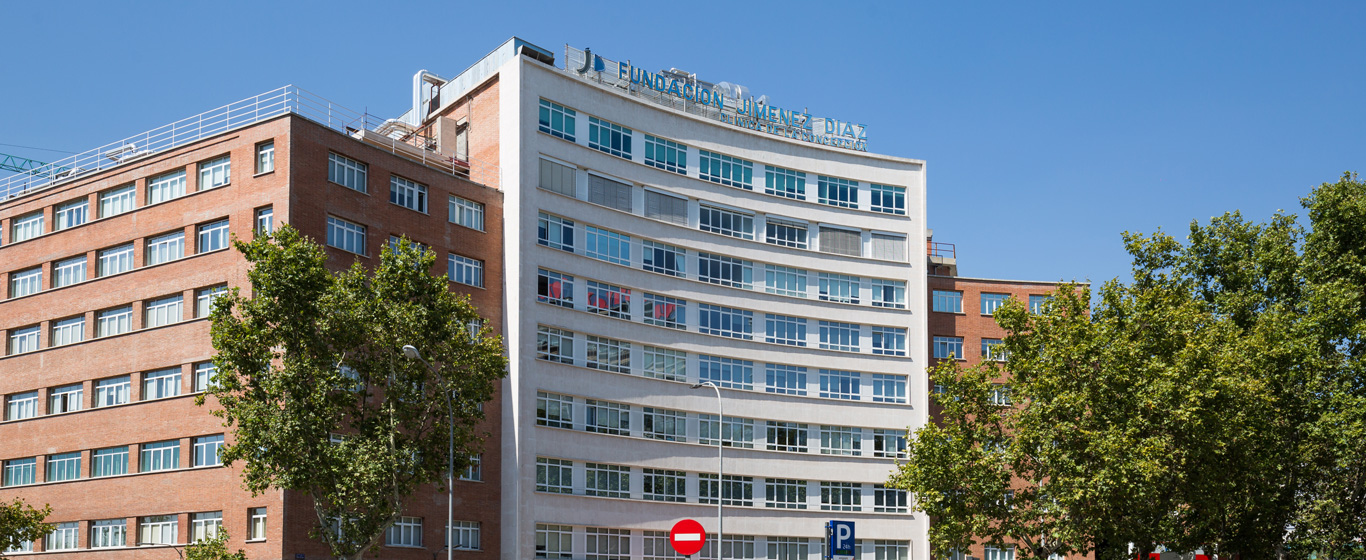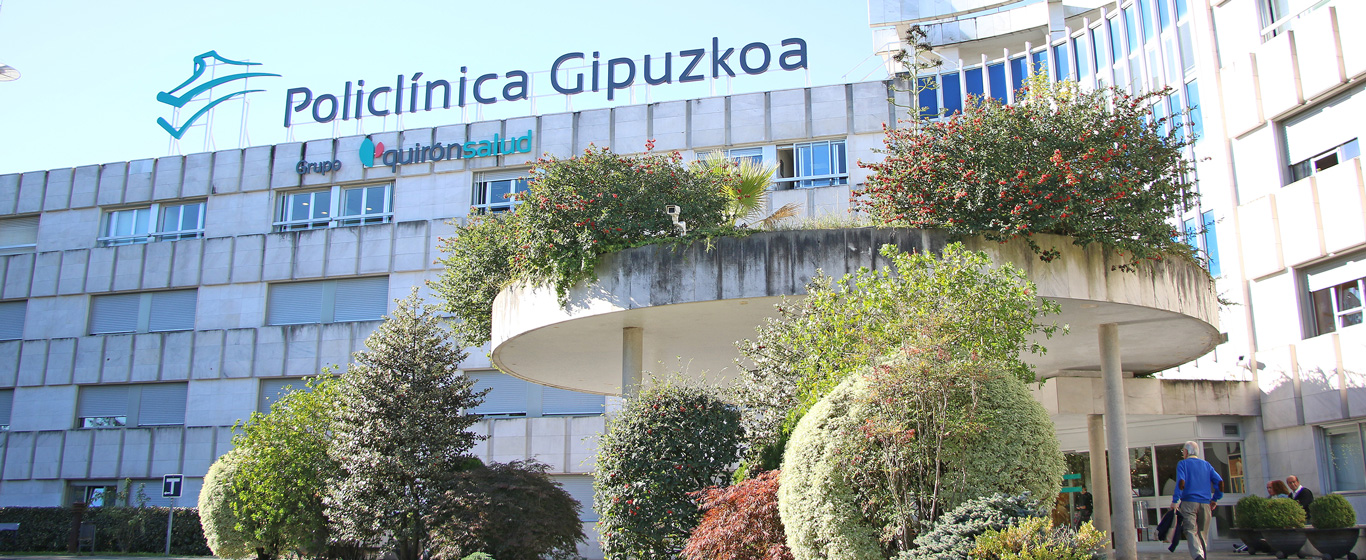Hirsutism
Information about the causes, risk factors, prognosis, and treatment of excessive hair growth in women.
Symptoms and Causes
Hirsutism is the excessive growth of hair in women. This hair is thicker and darker than usual and appears in typically male areas, as these are androgen-dependent, meaning that male hormones are required for hair to grow in these regions.
Hair caused by hirsutism usually grows on the upper lip, chin, sideburns, neck, torso (including the areolas), back, buttocks, thighs, or around the navel. Although it does not pose a health risk in itself, the underlying cause may affect the body’s normal functioning.
The prognosis for hirsutism is generally good, as it often disappears after one or two treatment cycles. When the hormonal imbalance is significant, it may lead to a serious disorder that requires further evaluation.
Symptoms
The most notable symptoms of hirsutism include:
- Hair growth in typically male areas: face, neck, chest, abdomen, back, buttocks, thighs.
- Acne.
- Seborrhea: excess oil on the scalp.
Causes
The main cause of hirsutism is elevated levels of male hormones in women, which may result from various conditions. Depending on the underlying disease, there are three main types of hirsutism:
- Ovarian hirsutism:
- Polycystic ovary syndrome (PCOS): ovarian follicles do not develop properly, leading to an increased production of androgens.
- Ovarian hyperthecosis: the thecal cells surrounding the mature ovarian follicle enlarge and become more active, producing excess androgens.
- Ovarian cancer: may increase androgen production.
- Adrenal hirsutism:
- Cushing’s syndrome: a hormonal disorder resulting from prolonged exposure to high cortisol levels.
- Congenital adrenal hyperplasia: a genetic disorder that limits the production of cortisol and aldosterone while increasing androgen levels.
- Adrenal gland tumors: may secrete androgens.
- Idiopathic or familial hirsutism: the skin has an increased sensitivity to androgens.
Risk factors
The risk of developing hirsutism increases in individuals with any of the above-mentioned conditions, as it is one of their symptoms. It is also more common under the following circumstances:
- Obesity.
- Family history.
- Medications: oral contraceptives, corticosteroids, immunosuppressants.
Complications
Severe cases of hirsutism may cause complications such as:
- Deep voice.
- Excessive muscle development.
- Irregular menstrual cycles.
- Amenorrhea: absence of menstruation.
- Clitoral hypertrophy: enlargement of the clitoris.
- Breast involution: the breast tissue decreases and is replaced by fat. This is a natural process over time but may represent defeminization in young women.
- In growing girls, premature development that stops early and results in short stature.
- Alopecia.
- Infertility.
- Depression.
- Anxiety.
- Low self-esteem.
Prevention
Hirsutism cannot beprevented, although the risk of developing the underlying conditions that cause it can be reduced. The following measures are recommended:
- Maintain a healthy weight.
- Follow a balanced diet.
- Exercise regularly.
- When possible, avoid medications that increase the risk of hirsutism.
Which specialist treats hirsutism?
Hirsutism is usually treated within the specialties of endocrinology and nutrition, medical-surgical dermatology and venereology, and gynecology and obstetrics.
Diagnosis
The diagnosis of hirsutism is carried out through the following steps:
- Medical history: a comprehensive clinical history is taken, including personal and family background as well as a list of medications currently used. The onset of hair growth and its possible effects on the menstrual cycle are also evaluated.
- Physical examination: the affected areas are examined to determine the amount, length, and thickness of the hair. The condition of the skin, muscle mass, breast characteristics, and clitoral appearance are also assessed.
- Hormonal analysis: levels of free and total testosterone, androstenedione, dehydroepiandrosterone (DHEAS), 17-hydroxyprogesterone, glucuronide, sex hormone-binding globulin, luteinizing hormone (LH), follicle-stimulating hormone (FSH), prolactin, and cortisol are measured.
- Imaging tests: performed to assess the condition of the pelvic organs and rule out the presence of tumors.
Treatment
To eliminate excessive hair growth, the underlying condition must be treated. Once the patient has recovered and hormone levels are normalized, hirsutism gradually subsides.
Specific treatment for hirsutism, recommended to improve patients’ self-esteem, consists of administering antiandrogen medications combined with estrogens. These not only reduce androgen levels but also increase estrogen levels and promote regular menstruation.
The life cycle of body hair is estimated to be about one year, so treatment results are not visible until that time has passed. Typically, after six months, the hair becomes thinner and lighter. During this period, hair can be removed using various shaving or depilation techniques without affecting the treatment’s effectiveness.


























